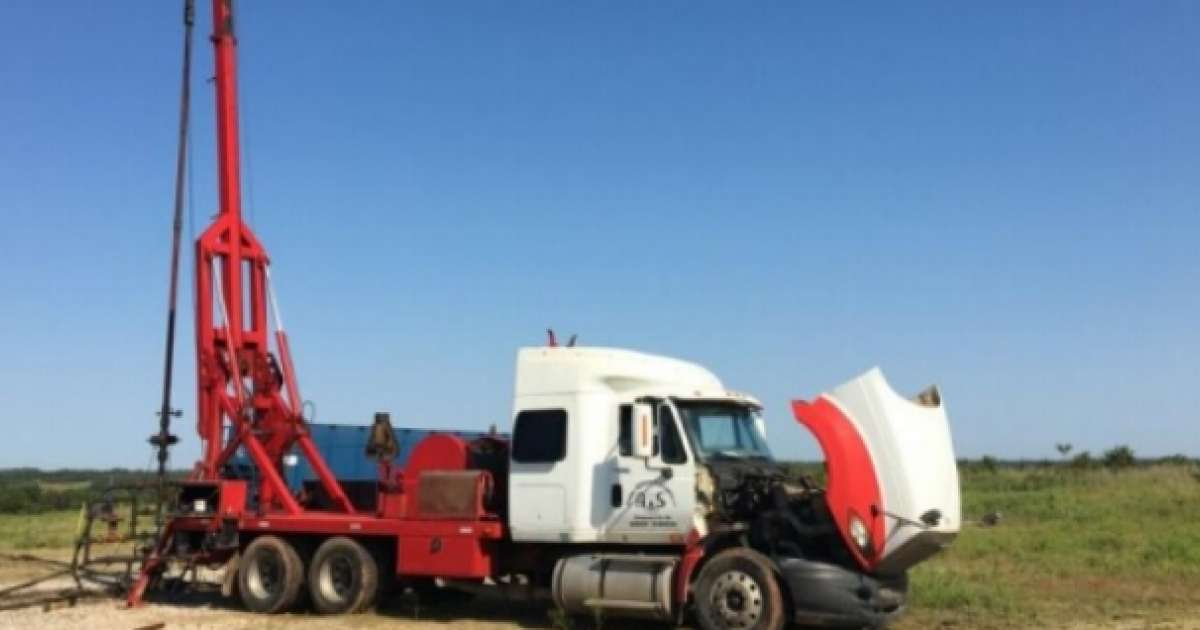South West households challenged by affordability

Areas in the South West have been identified as having the highest priced income ratios in regional WA, in the Bankwest Curtin Economics Centre 2019 Housing Affordability Survey. The survey profiled how housing affordability has changed over time, and found that while median prices and rents have fallen due to a softening property market, this has not filtered down to low-income renters. The centre's director professor Alan Duncan said while property prices had come down in Busselton, Margaret River and Augusta, people were being challenged by falling incomes. "The reason people feel under pressure in terms of housing affordability is more to do with a loss of income than rising property prices," he said. Professor Duncan said while property prices had relaxed to a degree there was a link between tourism and a shortage of supply for people living in regional areas like the South West and the Kimberley. He said there was a separation between home ownership affordability and rental affordability, with rental affordability being more challenging, especially among lower income earners. "If you look at the Busselton area and compare a typical income with a typical rent, there is a fraction of income people are contributing towards rent, which has fallen to around 26 per cent," he said. "If you compare the income of lower income earners in Busselton with the lower range of rent, you find that rises to beyond 40 per cent, so lower income earners will pay more than 40 per cent of their income towards rent. "There does seem to be this sense that rents are not really falling or there is not a distribution of rents or options for houses, so people who are seeking rentals will not particularly find a house that matches their income. "While we did not examine it in this report, the fact that you are finding the range of rents to be really quite narrow, it would be hard to say that [residential holiday homes] would not have some sort of an impact. "If you are in more challenging financial circumstances you have very limited options to be able to moderate the rent you are paying, and it is causing a problem, "Supply is definitely a part of this story and the diverse availability of housing options for homeowners and those seeking to rent." Report co-author associate professor Rowley said policy interventions, such as an alternative to the National Rental Affordability Scheme, which was axed in 2014, could go some way to providing affordable housing for renters. "State and federal governments should deliver a replacement for the NRAS, through the use of investor tax incentives and community housing providers, in order to deliver a subsidised private rental market to those households that cannot afford market-level rents," he said. "Without government intervention, many tenants may find themselves unable to afford rent either when they lose their NRAS entitlements, or when rents start to rise again as demand in the housing market increases. "However, we can't expect state and federal governments to wear all the burden, and there is also a role for developers to play in delivering affordable housing." He said the provision of affordable units within new developments, or through financial contributions and subsidies, could help provide diverse affordable housing options.
Areas in the South West have been identified as having the highest priced income ratios in regional WA, in the Bankwest Curtin Economics Centre 2019 Housing Affordability Survey.
The survey profiled how housing affordability has changed over time, and found that while median prices and rents have fallen due to a softening property market, this has not filtered down to low-income renters.
The centre's director professor Alan Duncan said while property prices had come down in Busselton, Margaret River and Augusta, people were being challenged by falling incomes.
"The reason people feel under pressure in terms of housing affordability is more to do with a loss of income than rising property prices," he said.
Professor Duncan said while property prices had relaxed to a degree there was a link between tourism and a shortage of supply for people living in regional areas like the South West and the Kimberley.
He said there was a separation between home ownership affordability and rental affordability, with rental affordability being more challenging, especially among lower income earners.
"If you look at the Busselton area and compare a typical income with a typical rent, there is a fraction of income people are contributing towards rent, which has fallen to around 26 per cent," he said.
"If you compare the income of lower income earners in Busselton with the lower range of rent, you find that rises to beyond 40 per cent, so lower income earners will pay more than 40 peRead More – Source
[contf]
[contfnew]

Margaret River Mail
[contfnewc]
[contfnewc]




